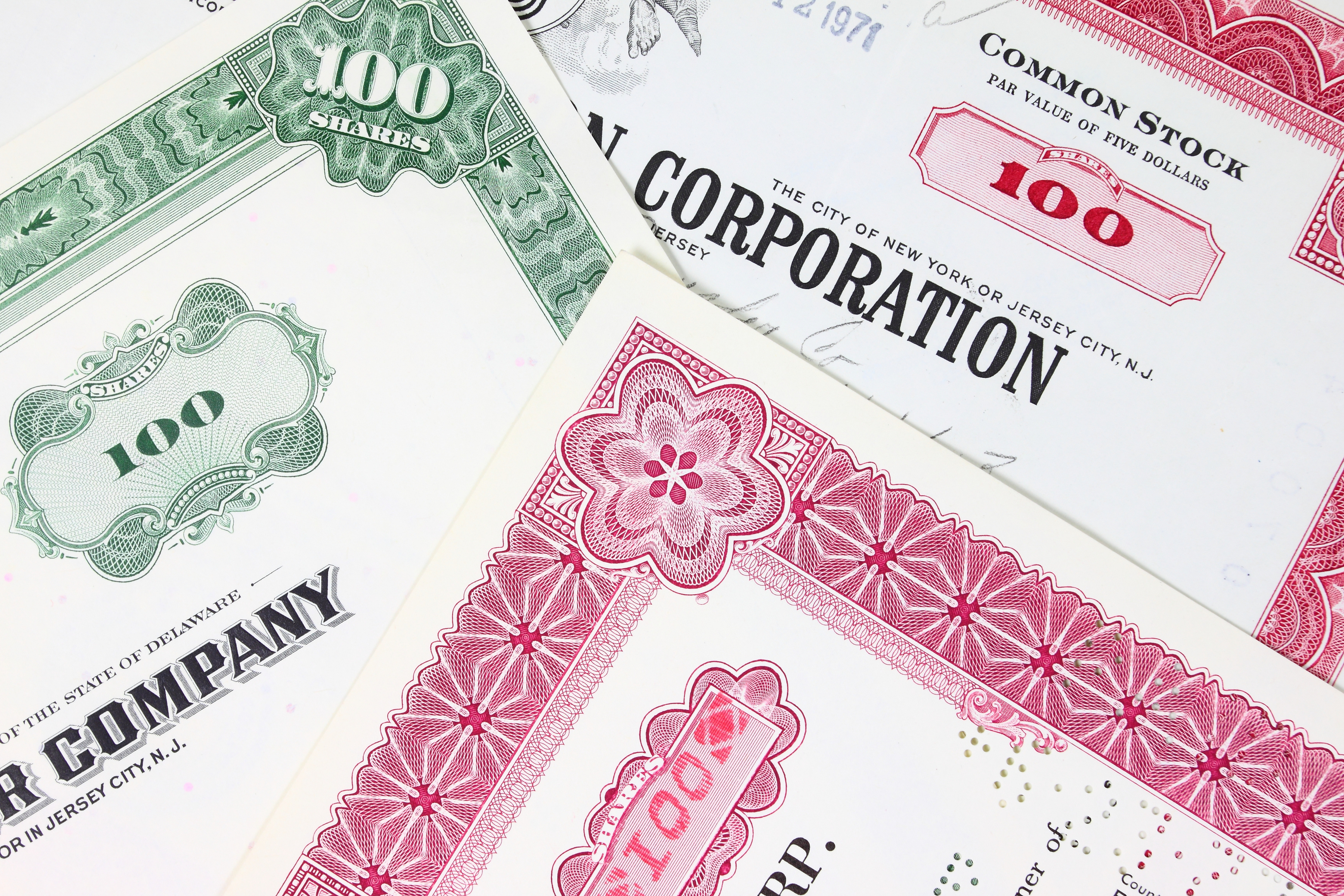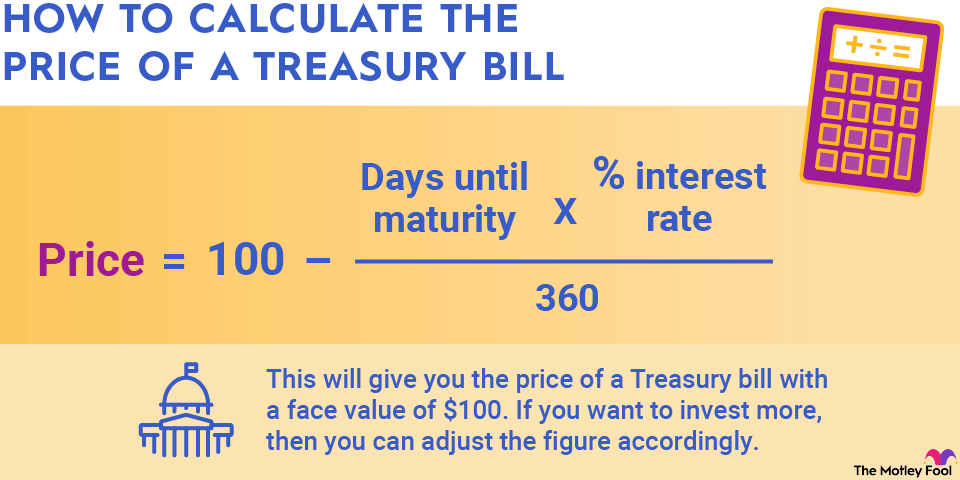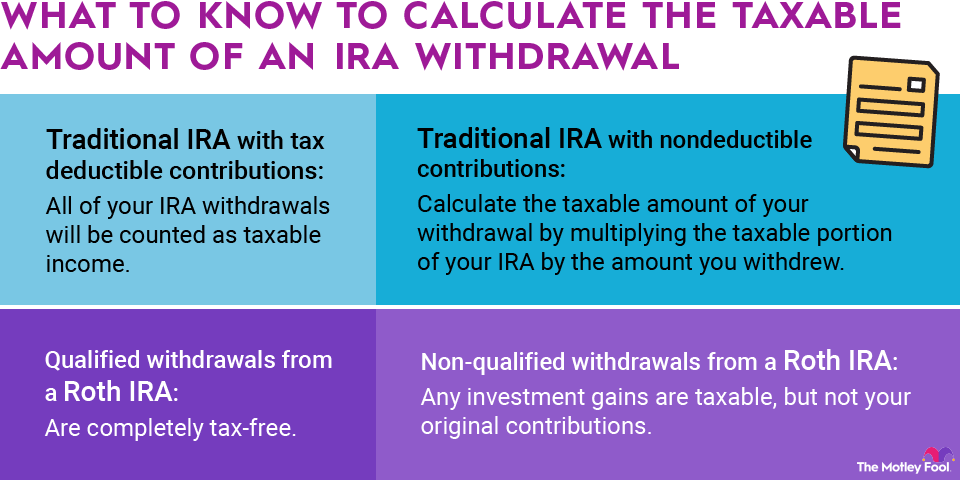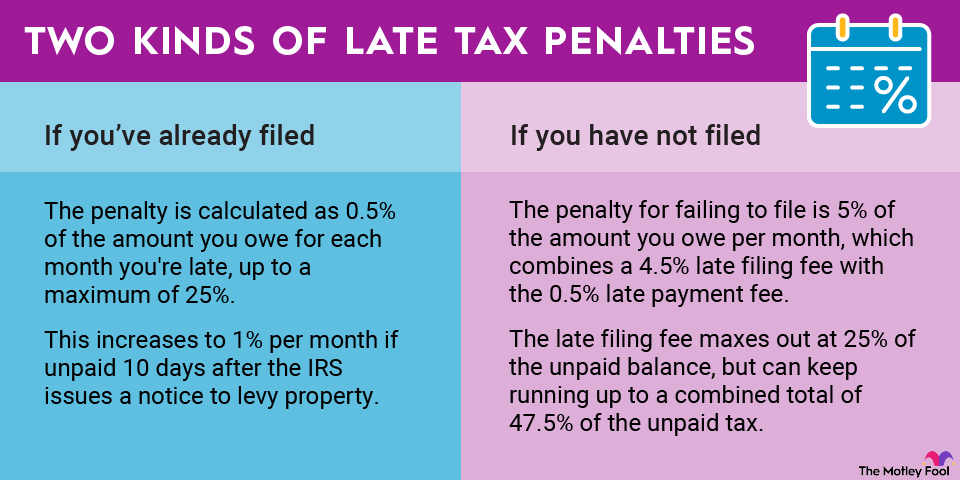
Class Grade | Grade Points | Credit Hours (Weight) | Weighted Grade Points (Grade x Weight) |
|---|---|---|---|
A | 4 | 4 | 16 |
B | 3 | 2 | 6 |
Totals | 6 (total weight) | 22 | |
Grade points / weights | 3.67 |
Shares Outstanding | Portion of Year | Weighted Shares | |
|---|---|---|---|
First six months | 100,000 | 0.5 | 50,000 |
Next six months | 150,000 | 0.5 | 75,000 |
Weights average number of outstanding shares | 125,000 |


















